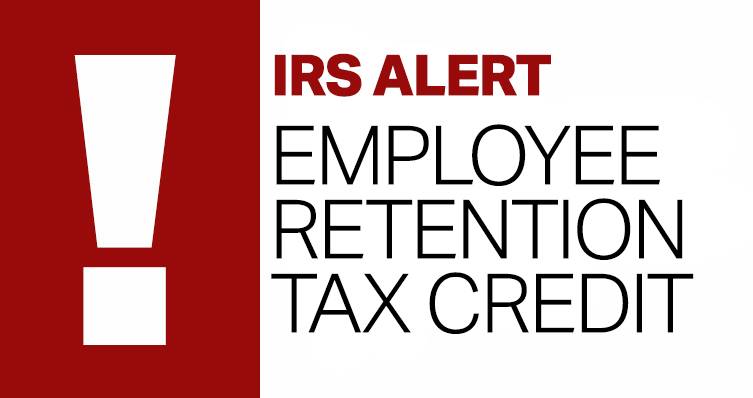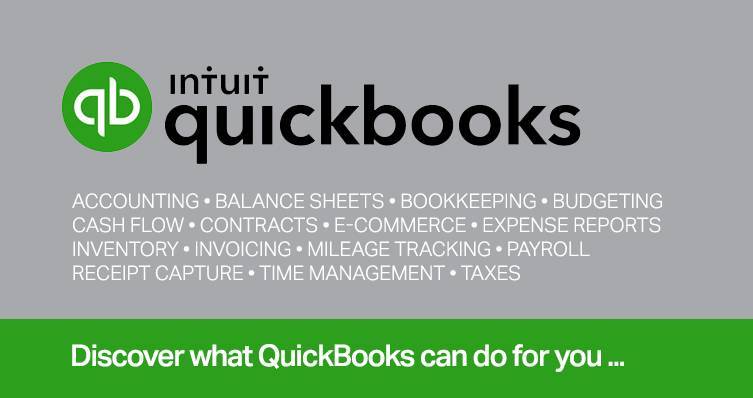Authored by RSM US LLP
Hospital and health system merger and acquisition (M&A) announcements increased by 27% in 2023 compared to 2022, according to Cain Brothers, a division of KeyBanc Capital Markets—a pace likely to continue this year. In addition to leveraging M&A, some health systems are leaning toward joint ventures to diversify revenue and expand offerings. Joint ventures can be less capital-intensive and face fewer regulatory requirements, allowing health care organizations to be nimbler and more efficient in meeting patient needs.
One example is a management services company partnering with a specialty physician group to help optimize the group’s ability to utilize space, deliver services and receive assistance with certain administrative functions. Understanding the risks involved with setting up such joint ventures is imperative. Considerations include whether one of the parties entering into a joint venture is tax-exempt. The tax-exempt entity should ensure the joint venture is organized in a way that does not jeopardize its status.
Still, opportunities for strategic partnerships are growing in the health care sector, with a focus on investing in convenient care options to better meet patient demand and help address compressed margins.
Patients continue to demand the delivery of customized services in a convenient setting. Like big-box retailers, nontraditional health care companies have taken notice of these shifting consumer preferences and continue to disrupt care delivery by meeting that demand through innovative solutions.
In 2024 we expect more shifts in the health care delivery ecosystem as the digitalization of health care evolves and consumerism continues to take hold. Based on a recent VMG Health survey, 97% of health system leaders would consider some type of joint venture in a variety of service line areas, including outpatient surgery, urgent care and “hospital at home,” in which a patient receives inpatient-level care in the comfort of their home.
TAX TREND: Joint ventures
A tax-exempt health care organization in a joint venture with a for-profit organization commonly must maintain some level of control or governance over the charitable use of assets in order to maintain the tax exemption for income earned by that function.
Meanwhile, the for-profit partner may strengthen their tax position by structuring the agreement so it can recover costs of the assets it contributes to the joint venture.
Learn more about RSM’s tax services for exempt organizations.
The importance of supply chain resiliency
One key area of focus for organizations amid new partnerships and resulting digital and consumer shifts in care delivery models is ensuring their supply chains are resilient and continue to evolve and align with where and how care is delivered.
Mike Morioka, an RSM US LLP director focused on supply chain for the health care industry, notes, ‘’As an organization and its affiliates become larger in size, it is critical that the supply chain program transforms and becomes more strategic. The program’s goal should be to drive down nonlabor expenses for the organization and its affiliates while enhancing technology, integration efforts and capturing the transparency of a supply chain journey.”
The takeaway
Last year’s robust M&A numbers for hospital and health systems signal a hunger for growth, but joint ventures can offer a nimbler path to diversification and patient-centric care for some organizations. As margins struggle to rebound to pre-pandemic levels, more strategic partnerships are expected in 2024, including outpatient-type joint ventures and digital at-home models that capitalize on shifting patient preferences and health care’s digital revolution. Each organization’s agility within its supply chain will be a key to success for expansion of services and revenue diversification in the evolving health care landscape.
CONSULTING INSIGHT: M&A advisory
Every transaction is unique, and each is typically a complex process. Our advisors address your key M&A concerns with proven strategies and methodologies that support the completion of successful transactions. Learn more about key M&A tools that can reduce risks, navigate challenges and directly contribute to achieving your goals.
This article was written by Michael Haas, Danny Schmidt, Matt Wolf and originally appeared on 2024-02-23. Reprinted with permission from RSM US LLP.
© 2024 RSM US LLP. All rights reserved. https://rsmus.com/insights/industries/health-care/hospitals-turn-to-joint-ventures-for-growth.html
RSM US LLP is a limited liability partnership and the U.S. member firm of RSM International, a global network of independent assurance, tax and consulting firms. The member firms of RSM International collaborate to provide services to global clients, but are separate and distinct legal entities that cannot obligate each other. Each member firm is responsible only for its own acts and omissions, and not those of any other party. Visit rsmus.com/about for more information regarding RSM US LLP and RSM International.










